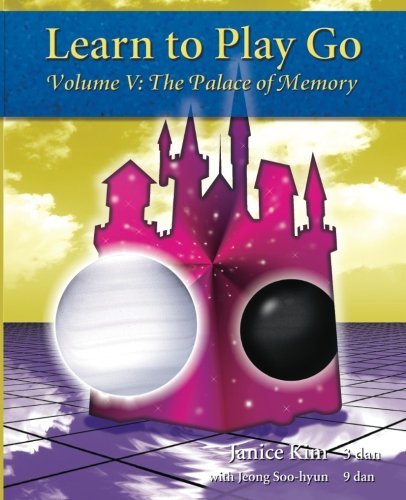What do you think?
Rate this book


Paperback
First published November 1, 2003
Pros are so conditioned to make the sente play, that we usually ignore the possibility of making the one point larger gote play. I've had the curious misfortune to actually have the one-in-a-thousand game where I lost by half a point on Korean national television because of this, which makes it worthy of inclusion in my Palace of Memory. But the real take-away conclusion is that you should be playing the sente endgame move 999 times out of 1000.